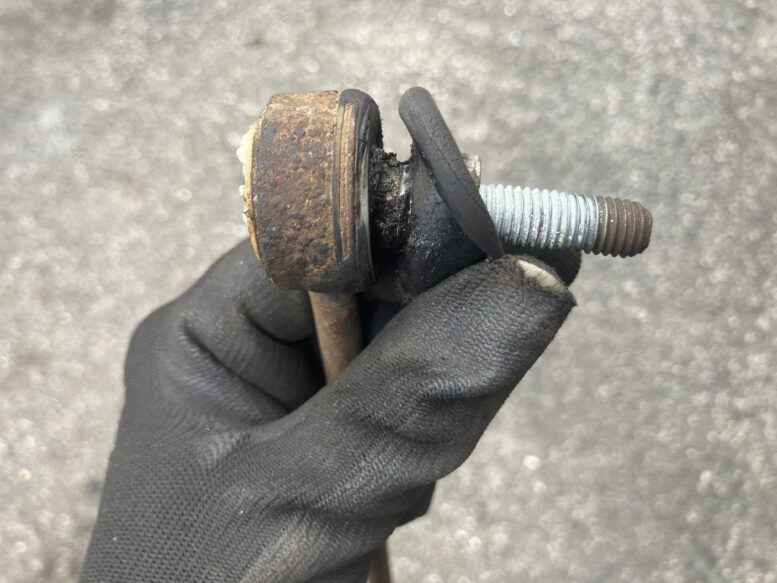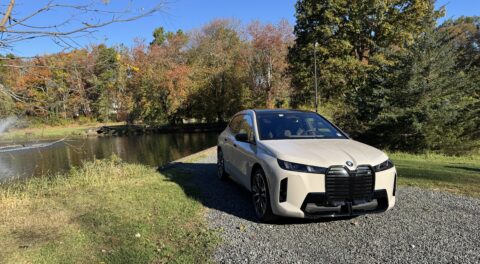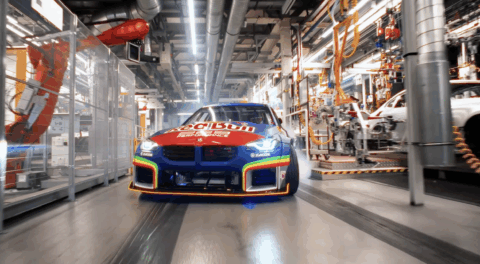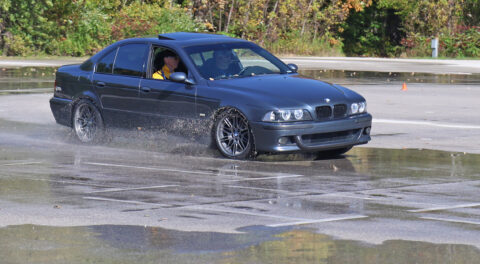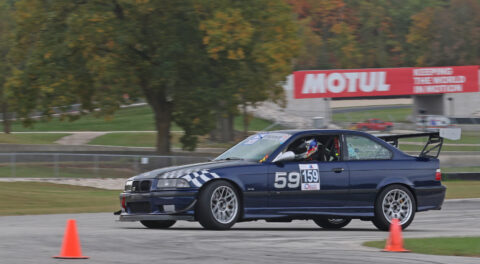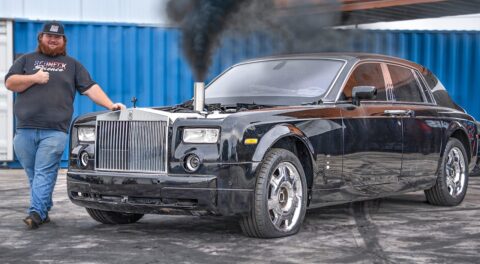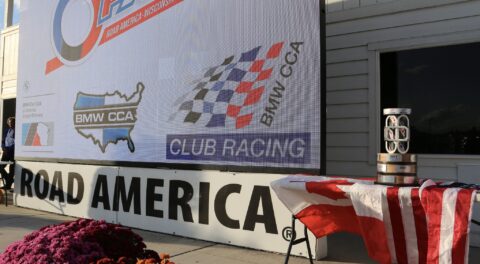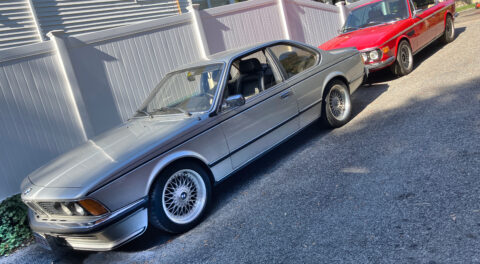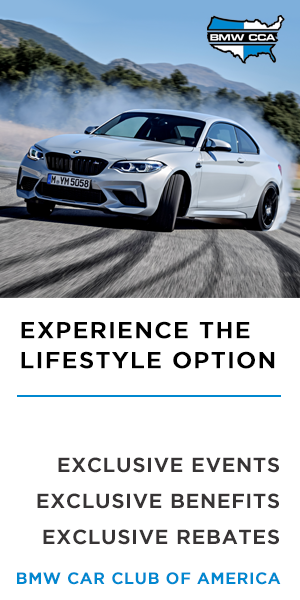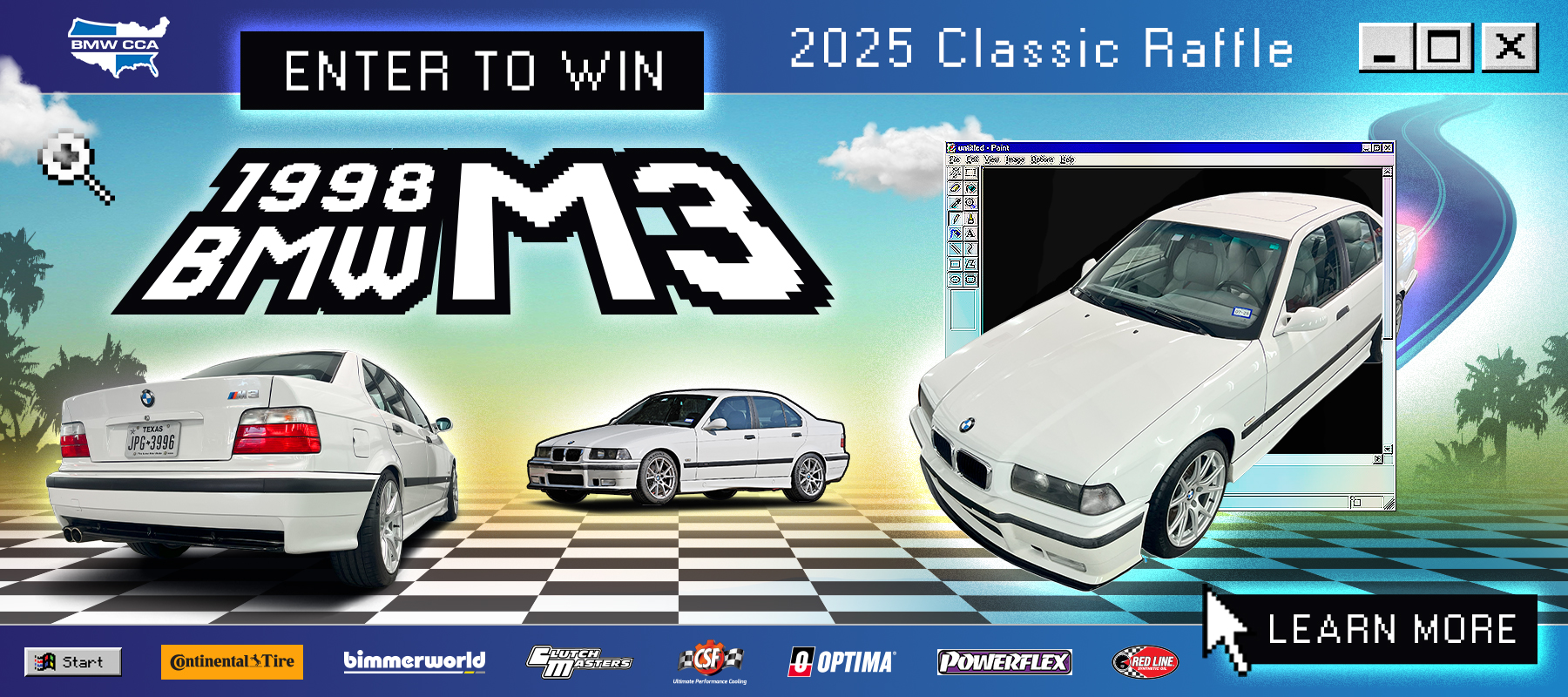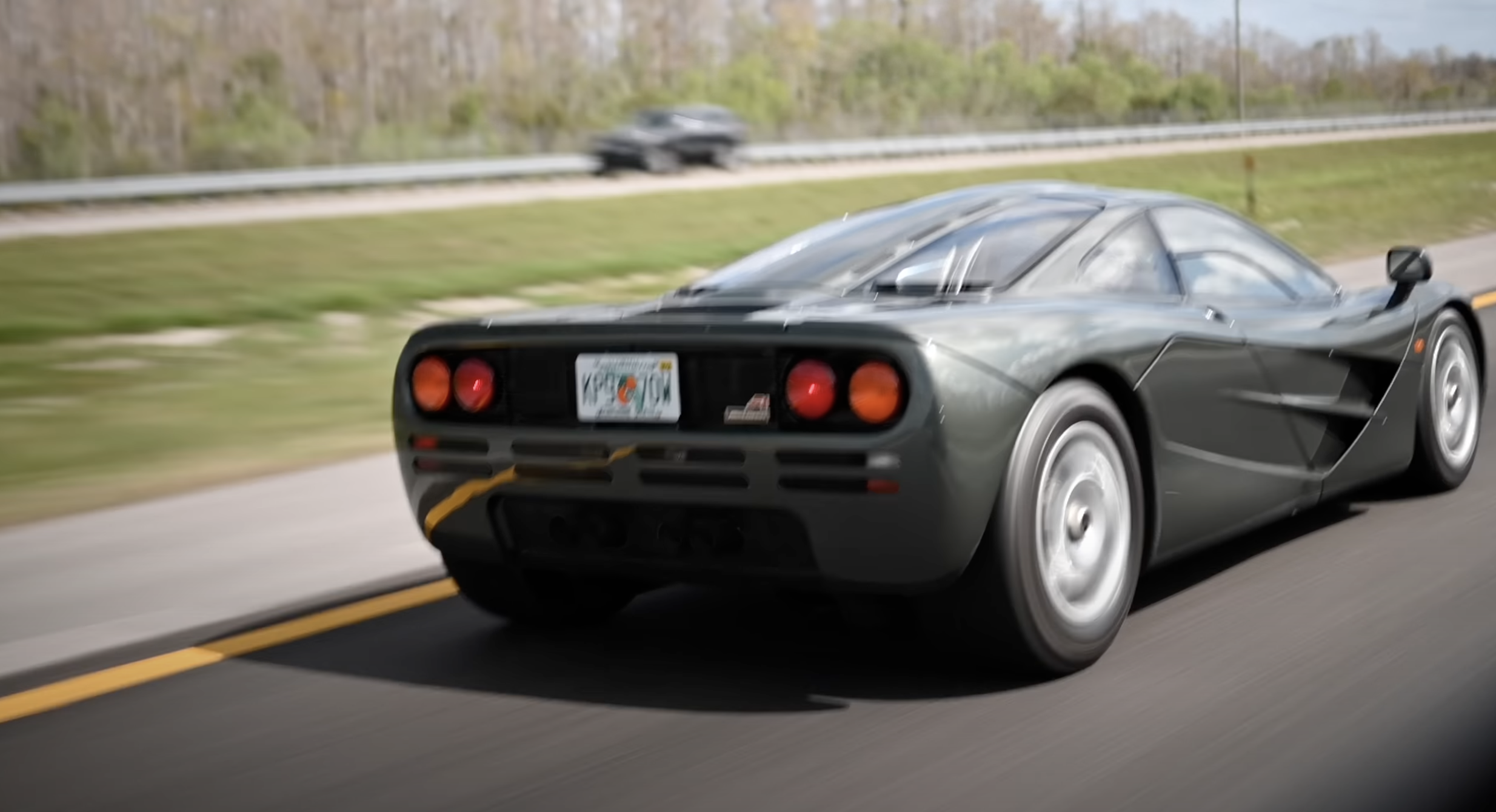After spending weeks readying my Bavaria for sale to my friends Jim and Susan (and its drive down to Birmingham), and after helping Mike Miller’s fiancée sell his 1977 320i on Bring a Trailer, life returned to somewhat normal at Chez Hack and I could get back to my own projects.
I don’t recall if I mentioned it here, but I had the opportunity to buy a unicorn E91 wagon (rear-wheel drive, six-speed, sport package). It was offered to me by one of my readers for a price that was somewhere between fair and great, and I would’ve been an idiot to turn it down. But I was an idiot and turned it down. I couldn’t get past the logistics of the car being in Salt Lake and there being no easy inexpensive way to see it and drive it before buying it, as well as get it home. Plus, it would’ve replaced my 2003 E39 530i, the car I routinely describe as the best daily-driver BMW I’ve ever owned, and I didn’t seem quite ready to do that. The whole thing took a couple of months to play out, as the fellow who had it had ordered a new car, offered it to me before advertising it anywhere, and the delivery of his car was delayed, but eventually he needed a decision, and like the risk-averse cost-conscious idiot I sometimes am, I said no. (Really, the question was “Do I need this car?” and it kept coming up “As long as the 530i isn’t needy and you still love it, no.”)
In parallel with this, though, the E39 did need some work, and I was putting it off until I came to closure on whether or not I was buying the E91. The immediate issue was that windshield had cracked over the winter, I believe due to some over-zealous ice-chipping by my eldest son (it was pitted to the point of being dangerous at sunset anyway). The car needed its annual inspection in July, and wouldn’t pass with the crack. A $300 trip to Safelite bought me some delightfully clear glass, and an inspection sticker immediately followed.
But the other issue the E39 had was some annoying behavior in the front end. There was some light thunking and clunking over bumps, as well as a wheel shimmy during braking. I addressed the thunking first, as I suspected it might be the front way bar links. I crawled under the cars and yanked on the links, and sure enough, the left one had play. I did my usual calculus of first seeing what FCP Euro sells for OE/OEM, then going on Rockauto looking for well-priced parts, then searching for reviews. A pair of Delphi links for under $30 shipped were to my liking.
Front sway bar links are just about the easiest steering / suspension repair you can do on a car. It might even be possible to replace them without getting the nose in the air and pulling the wheels off, but doing so allows much easier access to the top bolts. So up the E39 went on jackstands.
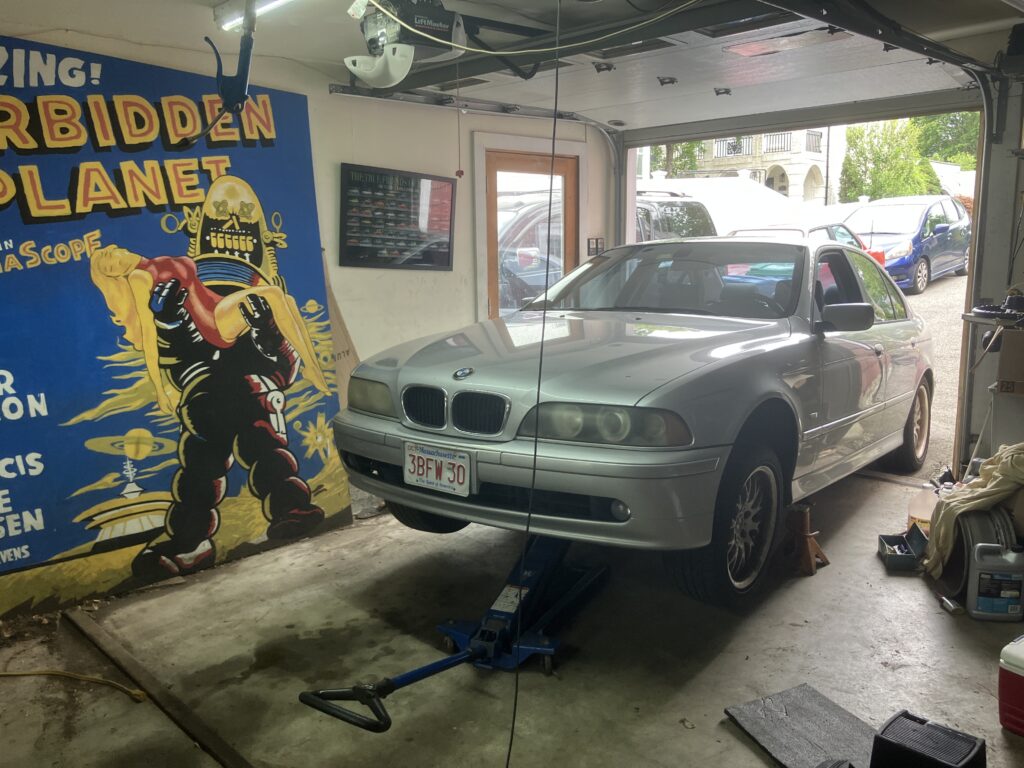
I’d normally put a car up on the mid-rise lift for front end work, but replacing front sway bar links is so surgical that the jackstands are quicker.
The original sway bar links are held on with 16mm nuts. There are really only two things you need to know about replacing them. The first is that even though they have ball joints at both ends, they’re not a tapered fit like a ball joint on a strut or a control arm, so in addition to a 16mm socket, you also need a 16mm open-end wrench to put around the holding ridge on the boot-side of the joint. This is likely true even if you’re spinning the nuts off with an impact wrench; you still need to hold the back of the ball to keep it from spinning. At last I did.

The holding-wrench positioned on the back of the ball.
The second is that there’s a washer on the top link that goes next to the rubber. It’s easy to pull things apart and not remember whether the washer goes on the top or bottom, and whether it’s next to the rubber or behind the nut.
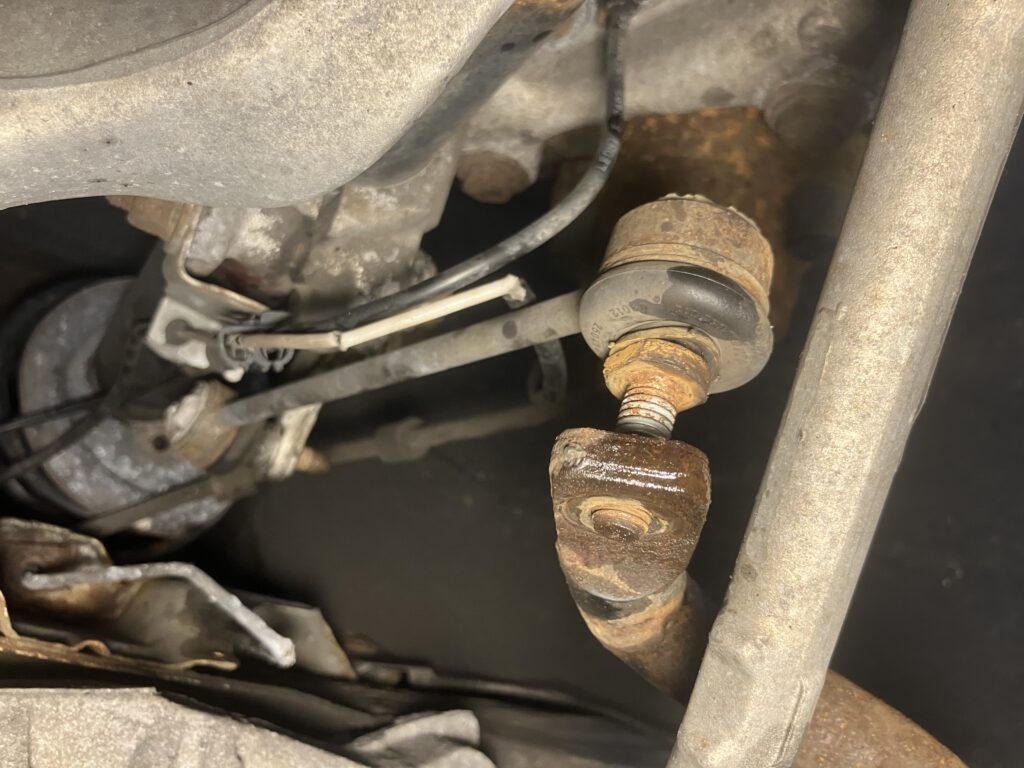
Off comes the bottom link.
As per the cover photo of this piece, when I got the links out and inspected them, I found that one of the boots was torn. And it wasn’t even the joint that was clearly loose and noisy. Hey, after 215,000 miles, their time had clearly come.
The replacement Delphi links looked good. The balls were nice and snug, with no obvious quality-control issues. I did note that the new nuts they came with were 17mm instead of 16.
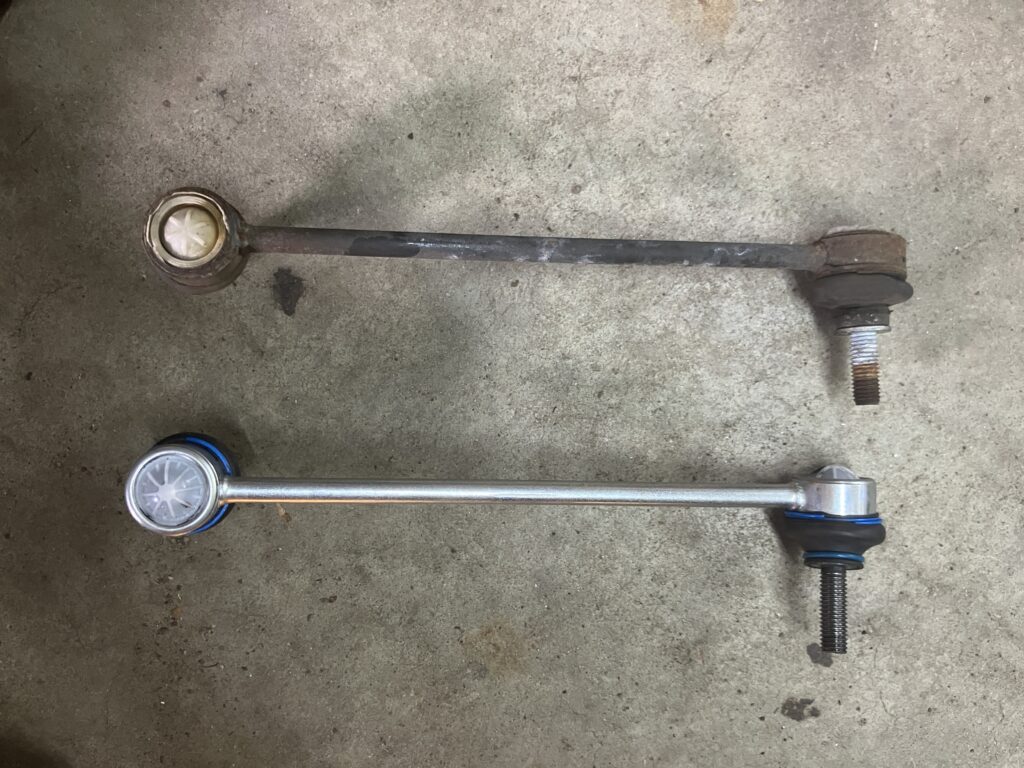
Looks good to me.
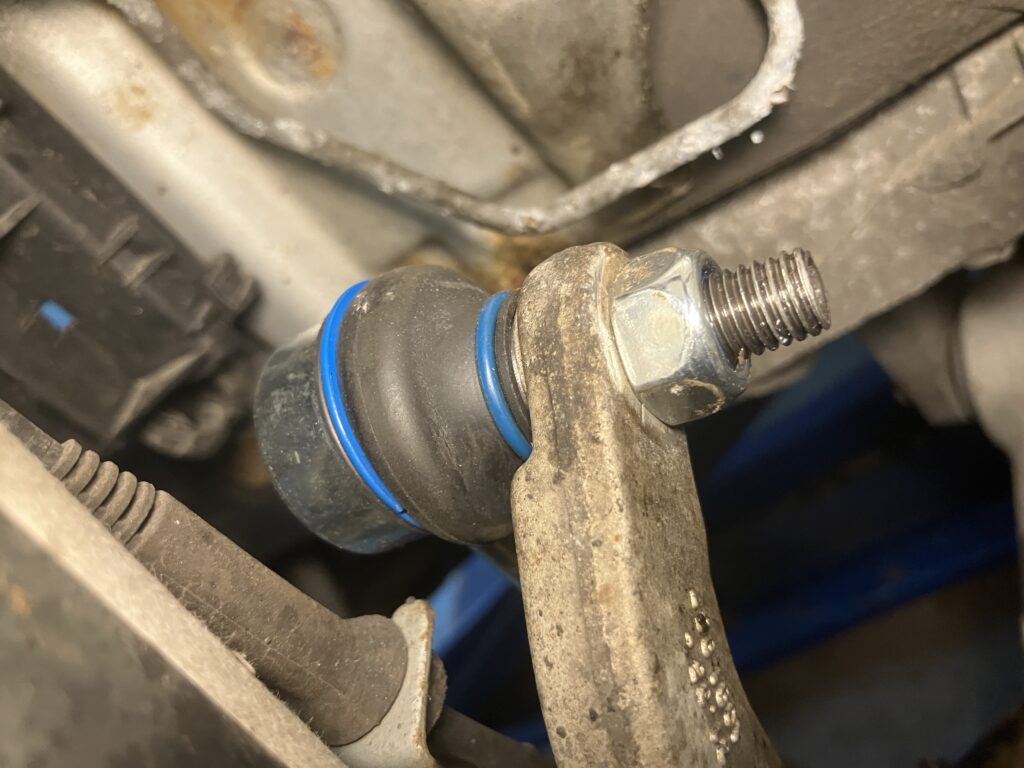
Much better.
Before I put the wheels back on, I gave both rotors a spin. The left rotor appeared to bind slightly at points in its rotation against the brake pads, indicating that it might not be running true (I’ve trained myself not to say “the rotor was warped,” as rotors rarely actually warp but sometimes do get deposits on them that don’t wipe off from brake pressure).
I re-wheeled the car, set it down off the stands, torqued the lug nuts, and took it for a drive. The sway bar link replacement did indeed cure the issue of the banging over bumps. This was most welcomed, but it made the front wheel shimmy stand out all the more. Since the car wasn’t about to be replaced with an E91 unicorn wagon (did I mention that I was an idiot to pass on it?), I decided to get on fixing it. The wheel shimmy was funny in that it came on with braking and was most pronounced at low speed, but there wasn’t the brake pedal pulsation that I associate with deposits on the rotors. I looked in my records and saw that I’d replaced the rotors and pads in 2023. Still, the pulsation felt like it was coming from the left wheel, the left rotor wasn’t running true, and rotors are easy to replace. I searched on Rockauto and found that a set of Raybestos rotos on closeout could be mine for $66 shipped. Sure. Let’s try it.
And that led me down a surprising rabbit hole we’ll get to next week.
—Rob Siegel
____________________________________
Rob’s latest book, The Best of The Hack Mechanic, is available here on Amazon, as are his seven other books, including Just Needs a Recharge: The Hack Mechanic Guide to Vintage Air Conditioning. Signed copies can be ordered directly from Rob here.

